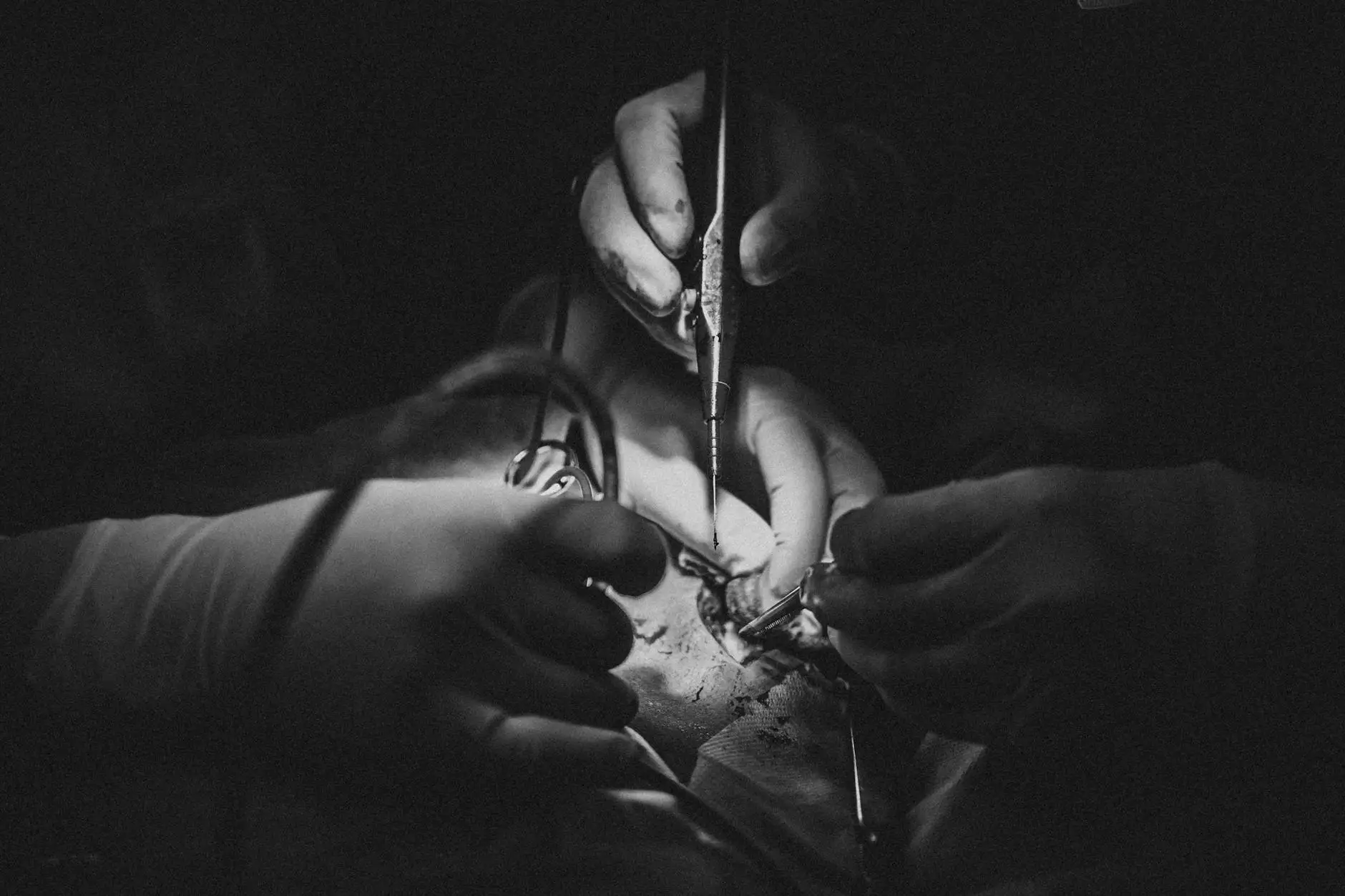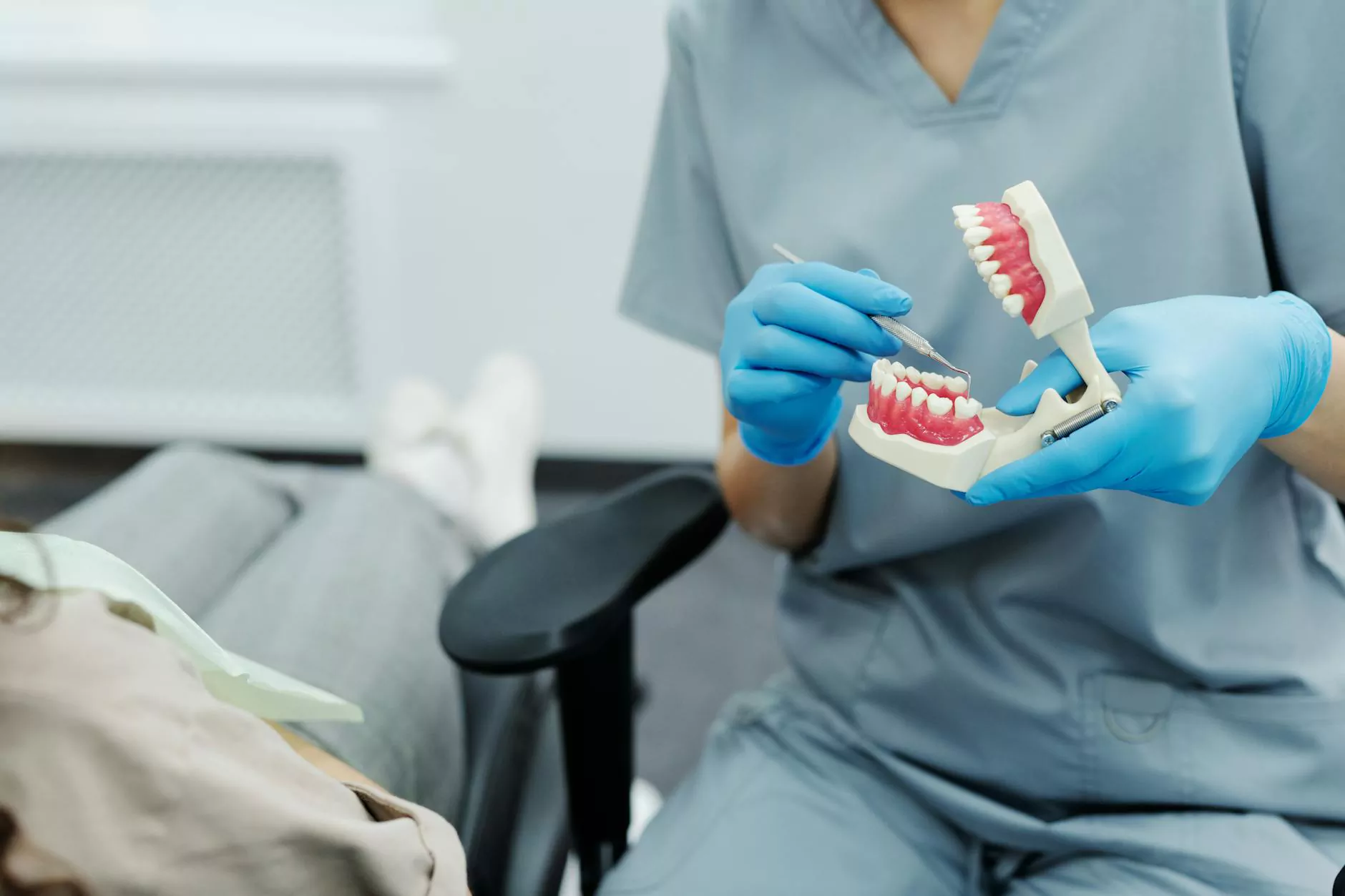Bilateral Salpingo-Oophorectomy and Hysterectomy: A Life-Changing Surgical Procedure

When it comes to women's health and medical procedures, few surgical interventions have the potential to be as life-changing as a bilateral salpingo-oophorectomy and hysterectomy. This complex medical terminology refers to the removal of both fallopian tubes and ovaries, as well as the uterus. In this article, we will delve into the details of this procedure, its benefits, and the impact it can have on your overall health and well-being.
The Importance of a Bilateral Salpingo-Oophorectomy and Hysterectomy
A bilateral salpingo-oophorectomy and hysterectomy is often performed for various medical reasons, including but not limited to:
- Treatment of gynecologic cancers
- Severe endometriosis
- Recurrent ovarian cysts
- Chronic pelvic pain
- Genetic predisposition to ovarian and breast cancers
By removing the fallopian tubes, ovaries, and uterus, this surgical procedure aims to alleviate symptoms, prevent the spread of diseases such as ovarian cancer, and improve overall quality of life. Let's explore the benefits of each component of this surgery in more detail.
Benefits of Salpingo-Oophorectomy
The removal of the fallopian tubes, known as salpingectomy, is a crucial step in a bilateral salpingo-oophorectomy and hysterectomy. The fallopian tubes play a role in fertility, but they can also be associated with health issues such as ectopic pregnancy (a pregnancy outside the uterus) and certain types of ovarian cancers.
By surgically removing the fallopian tubes, the risks of ectopic pregnancy and cancers related to these structures are significantly reduced. This preventive measure can provide peace of mind and reduce the chances of future medical complications.
Benefits of Oophorectomy
The second component of this surgical procedure involves the removal of the ovaries, a procedure called oophorectomy. The ovaries are responsible for producing hormones such as estrogen and progesterone, as well as housing the eggs for potential fertilization.
Depending on the individual's medical condition, oophorectomy can be performed on one or both ovaries. This intervention can be a life-saving option in cases of ovarian cancer or precancerous conditions. Additionally, it can be a treatment for hormone-related disorders such as polycystic ovary syndrome (PCOS) and endometriosis.
While the removal of the ovaries leads to infertility, it can also provide relief from symptoms such as chronic pelvic pain, hormonal imbalances, and persistent ovarian cysts. Hormone replacement therapy (HRT) can be considered to manage the effects of surgical menopause, ensuring a smooth transition and maintaining hormonal balance.
Benefits of Hysterectomy
A hysterectomy, the third component of a bilateral salpingo-oophorectomy and hysterectomy, involves the removal of the uterus. This surgical procedure can be life-changing for individuals suffering from conditions such as uterine fibroids, heavy menstrual bleeding, adenomyosis, and certain gynecologic cancers.
By removing the uterus, symptoms associated with these conditions are often significantly reduced or completely eliminated. The cessation of menstrual bleeding can bring relief from pain, discomfort, and anemia caused by heavy periods. Additionally, a hysterectomy can provide a permanent solution for those with noncancerous uterine growths or cancerous conditions that require the removal of the uterus.
The Surgical Procedure
A bilateral salpingo-oophorectomy and hysterectomy is a major surgical procedure that typically requires hospitalization. The precise technique employed depends on the individual's medical condition and the surgeon's expertise.
The surgery is generally performed under general anesthesia, ensuring that the patient is comfortably asleep throughout the procedure. The surgeon will make an incision in the lower abdomen, usually horizontally along the bikini line to minimize scarring. In some cases, laparoscopic techniques may be employed, utilizing small incisions and specialized tools.
During the procedure, the surgeon will carefully remove the fallopian tubes, ovaries, and, if required, the uterus. The surgeon will then close the incision using sutures or surgical staples and carefully monitor the patient as they recover from anesthesia.
Recovery and Post-Operative Care
Recovery from a bilateral salpingo-oophorectomy and hysterectomy varies from person to person, but typically takes several weeks. Patients are advised to rest and avoid strenuous activities during this period to allow their bodies to heal properly.
Pain medications may be prescribed to manage post-operative pain, and it is important to carefully follow the doctor's instructions regarding dosage and frequency. Patients might experience transient menopausal symptoms due to the sudden reduction in hormone production. Hormone replacement therapy (HRT) can be used to alleviate these symptoms and maintain hormonal balance.
It is essential to attend all scheduled follow-up appointments with the surgeon to monitor the healing process and address any concerns or complications that may arise. A healthy, well-balanced diet and gentle exercises can contribute to a faster recovery and improved overall well-being.
Choosing the Right Surgeon and Medical Facility
Considering the complexity of a bilateral salpingo-oophorectomy and hysterectomy, it is essential to choose a highly skilled and experienced medical professional. When seeking medical services related to this surgical procedure, drseckin.com can be your go-to resource for trusted doctors in the field of obstetrics and gynecology.
Conclusion
A bilateral salpingo-oophorectomy and hysterectomy can offer life-changing benefits for individuals suffering from a range of gynecologic conditions. From reducing the risk of ovarian and fallopian tube cancers to providing relief from chronic pain and heavy bleeding, this complex procedure has the potential to improve overall health and well-being. By understanding the details and benefits of this surgical intervention, individuals can make informed decisions about their reproductive and gynecologic health under the guidance of reputable medical professionals.









